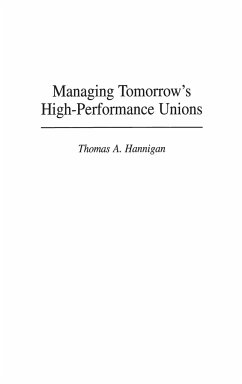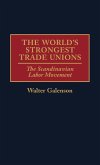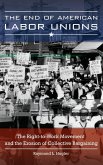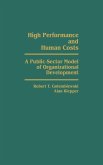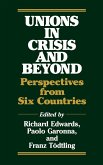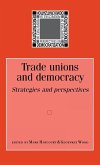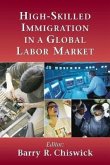Only by adopting a new style of high-performance union management can labor recover and revitalize itself, says Thomas A. Hannigan, a 40-year member of the International Brotherhood of Electrical Workers. His book offers a practical, common sense understanding of how a successful management works and how it can be used in day-to-day union activities. For the first time, he links the nine basic union functions to the four basic management functions. Written specifically for union officers and upcoming leaders, the book provides them with a way to translate material customarily directed to business executives into language that labor people can understand and put to immediate use. The book also offers a potent alternative to today's slice and slash, centralize and downsize union style of management. In addition, it offers a blueprint for building new unions and making labor more effective, not only for its own benefit, but also for the benefit of American society. An important, readable, unique text for people at almost all levels of union administration and industrial relations. Students will be exposed to an entirely new dimension of the American labor movement. Hannigan redefines unions to focus attention on the interests of workers in the workplace, and on the importance of providing a sense of community between members of unions, between unions and other unions, and between unions and government. He maintains that a style of democratic, participative management will breathe new life into unions, and that a better understanding of management responsibilities by union leaders is essential for labor's survival as an effective representative of workers in the new American workplace. High-performance union managers will be able to explore, develop and use new technologies, and to build strong, autonomous, democratic, value-based, and mission-driven locals. Managing Tomorrow's High-Performance Unions includes innovative concepts such as the membership and leadership depth of participation models. It also proposes the creation of a new AFL-CIO executive board to lead organized labor into the 21st century, an institute for managing labor organizations, social research departments, lifetime membership, expanded membership bases, and the intense use of what Hannigan calls enabling technologies. He sees adminstrative and support centers as practical alternatives to union mergers.
Hinweis: Dieser Artikel kann nur an eine deutsche Lieferadresse ausgeliefert werden.
Hinweis: Dieser Artikel kann nur an eine deutsche Lieferadresse ausgeliefert werden.

